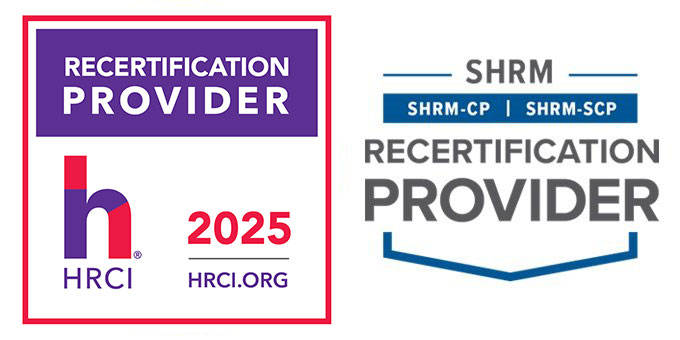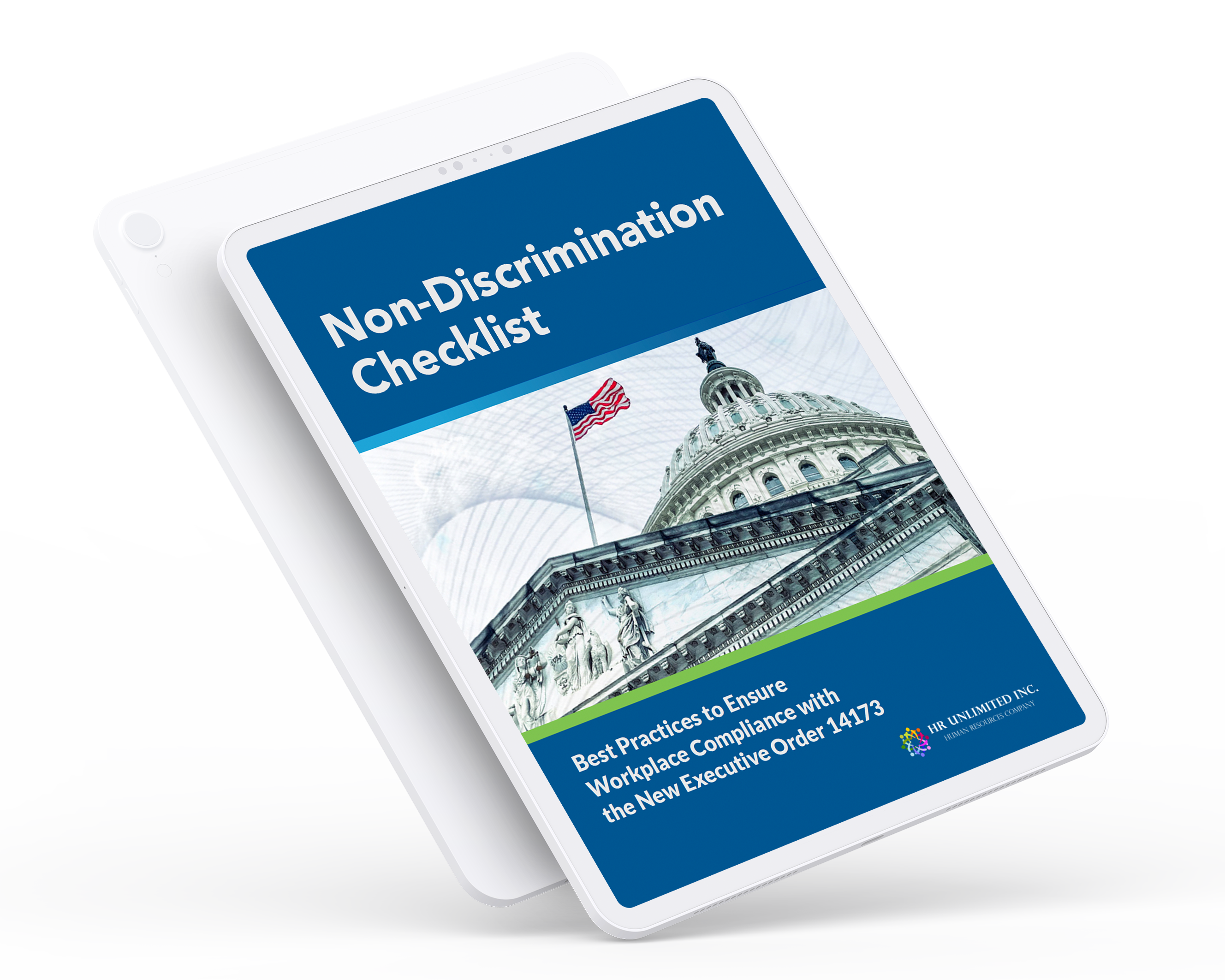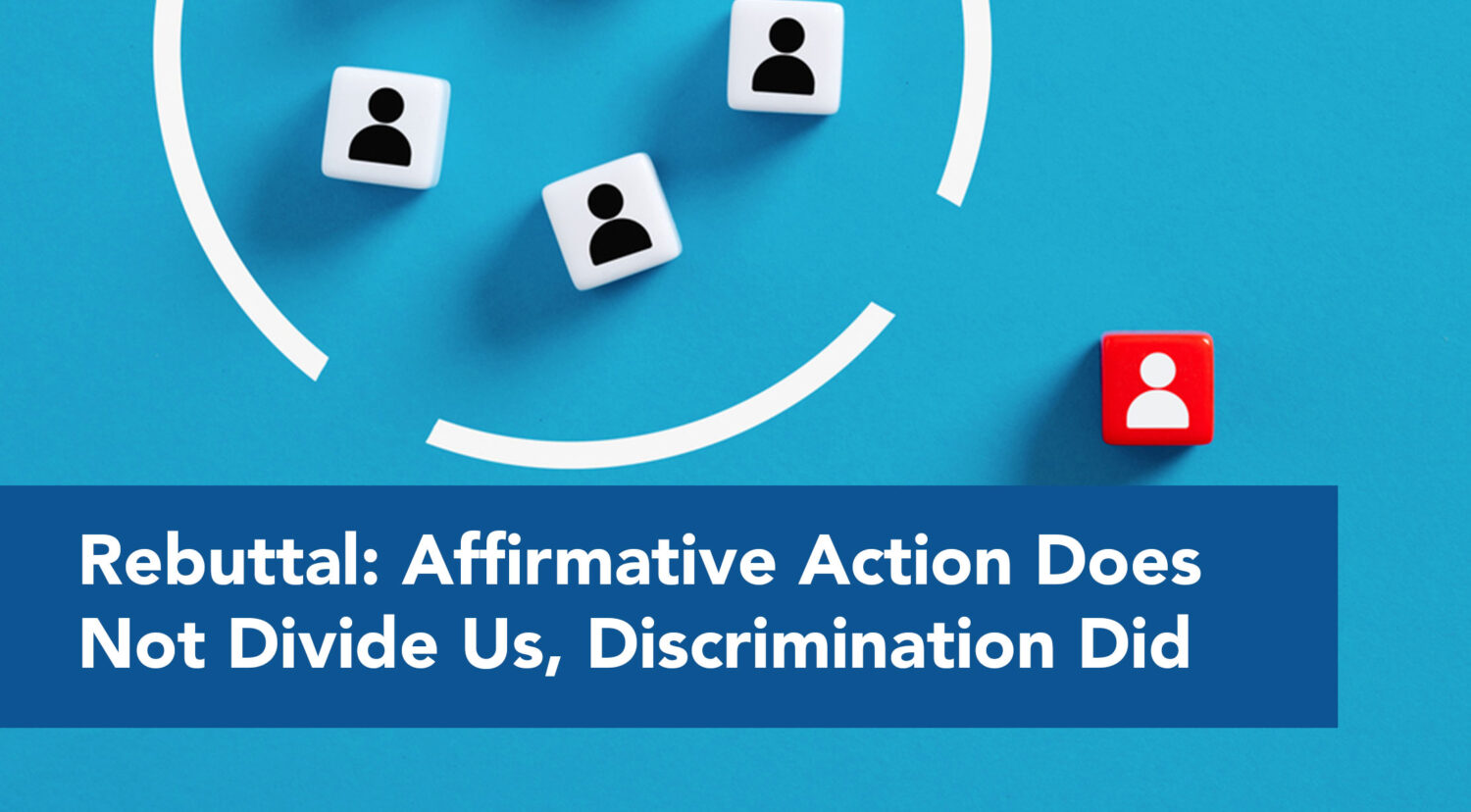

Recently, we blogged a lament that the term “affirmative action” has gotten stuck in its earliest conception in the minds of many, and has not been allowed to grow up to reflect its current meaning – a meaning preciously close to its origins in President John F. Kennedy’s Executive Order 10925, issued March 6, 1961.
Is it any different from how most people think about the audits of hiring practices conducted by the Office of Federal Contracts Compliance Program (“OFCCP”)?
Reported cases in recent years illustrate that for at least several years OFCCP has cited companies for discriminatory hiring practices where Caucasian and/or male applicants were under-represented. In one case, discrimination in hiring was against African-American and Caucasian applicants in favor of Hispanic applicants. In another case, a company with multiple locations was found to have engaged in differing discriminatory practices among all ethnic and gender groups, differing from one location to another.
It’s no mystery how these kinds of findings can be realized during an audit. The analysis of discriminatory hiring processes includes an analysis of the current workforce and local demographics. So, for example, within a particular industry in a particular municipality, one ethnic group or gender may be over/under represented. Or, for example, the employee with hiring authority may have a conscious or subconscious preference for a particular ethnicity or gender, resulting in a concentrated pool of employees that does not reflect diversity.
As OFCCP compliance analysis has become more sophisticated, so, too, should the hiring policies and self-audits conducted by companies seeking and benefiting from federal contracts. Computer software now runs adverse impact analyses and shortfall results for all ethnicities and genders, and allows companies an opportunity to self-remediate and thoroughly document efforts at the creation of diversity in the workplace.
In the more than 50 years since President Kennedy issued Executive Order 10925, meanings of “equality,” “diversity,” and “affirmative action” have evolved. Along with the philosophical evolution, there has been a methodology and compliance audit evolution. Isn’t it time to equate “equality in the workplace” with “everyone’s protected?”





